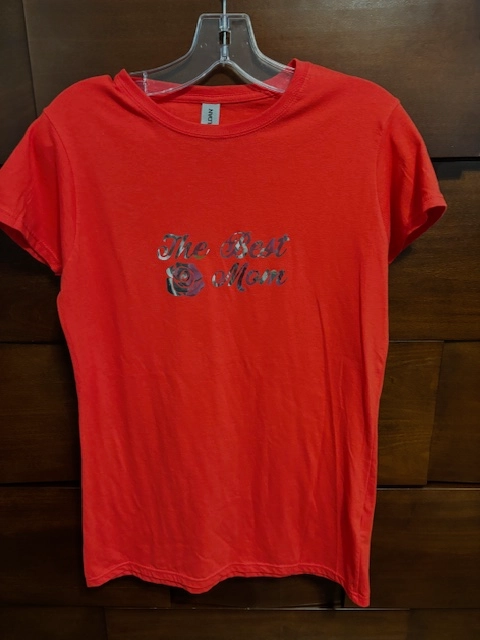Custom-made Embroidery for All Your Requirements - From School Uniforms to Sports Teams
The Art of Custom-made Needlework: Opening the Secrets to Creating Distinct and Unforgettable Styles
The secrets to creating personalized needlework styles that captivate the eye and leave a lasting impact lie in a fragile balance of technique, creative thinking, and interest to detail. As we delve right into the world of custom needlework, we discover the nuanced interplay in between thread selection, sew intricacy, and design personalization that boosts a simple garment to a job of art.
Picking the Right Needlework Threads
When picking needlework strings, what key elements should you think about to make sure the finest outcomes for your customized styles? The selection of embroidery string is essential in figuring out the final result of your embroidered style.
Thicker strings can add measurement and structure to your design, while finer strings are suitable for complex details and tiny text. Additionally, taking into consideration the color fastness and washability of the string is critical to make sure that your customized layouts preserve their quality and vibrancy over time.
Discovering Various Stitch Techniques
To dive into the realm of 'Checking out Different Stitch Strategies', one need to understand the intricacies and subtleties that each stitching method gives the art of embroidery. Different stitch strategies not only include visual passion but additionally add to the total texture and measurement of the layout. One prominent stitch technique is the satin stitch, which entails closely jam-packed parallel stitches to create a smooth and shiny surface area, suitable for completing shapes and producing vibrant details.
On the various other hand, the backstitch is a versatile method often utilized for laying out and adding fine details. It entails sewing backward to create a solid line of needlework. In addition, the French knot stitch adds a tactile aspect to styles, excellent for developing textured accents like flower centers or ornamental touches.
Checking out various stitch strategies permits embroiderers to play with light, shadow, and depth within their styles, raising the aesthetic allure and imaginative quality of their embroidery projects. By mastering different stitching techniques, one can unlock limitless opportunities for producing one-of-a-kind and memorable custom embroidery pieces.
Incorporating Personalized Design Elements
Having actually checked out the complexities of different stitch techniques such as the satin stitch, backstitch, and French knot, the emphasis currently changes towards incorporating tailored style elements in personalized embroidery tasks. Personalized layout components play an essential role in making needlework jobs truly special and memorable.
An additional method to incorporate tailored design components is by including icons or themes that hold unique significance to the recipient or mirror their rate of interests and personality. Including a preferred blossom, animal, or hobby-related icon can make the embroidery style much more meaningful and customized. In addition, selecting shades that resonate with the recipient or straighten with the desired theme can better enhance the customization of the needlework project.
Grasping the Art of Shade Sychronisation

One key facet of shade control is understanding color theory. This consists of understanding how different colors interact with each various other, the emotions they convey, and just how they can be combined to create aesthetically enticing designs. By using shade theory principles, embroiderers can develop harmonious shade schemes that improve the total appearance of the style.
In addition, focusing on comparison is important in shade sychronisation. Utilizing contrasting shades can help specific components of the design pop, boost clarity, and develop a visually vibrant needlework piece. By mastering the art of color control, embroiderers can boost their designs and produce memorable pieces that reverberate with customers and audiences alike.
Enhancing Structure With Advanced Needlework Stitches
French knots, as an example, are ideal for including small, increased dots to your layout, simulating the appearance of beads or creating a textured surface area. Bullion knots, on the other hand, can be utilized to develop twisted, ropelike components that include an elegant feeling to the embroidery. Seed stitching entails tiny, scattered stitches that can complete locations with a speckled texture, while turkey job produces cosy, dimensional accents reminiscent of pet fur or foliage. Explore these advanced embroidery stitches allows you to push the boundaries of conventional embroidery and create really distinct and visually appealing appearances in your styles.
Conclusion
To conclude, the art of personalized needlework includes a combination of picking the ideal threads, discovering different stitch techniques, incorporating tailored style elements, understanding shade coordination, and boosting structure with sophisticated stitches. By understanding and carrying out these essential elements, embroiderers can produce distinct and memorable styles that showcase their creative thinking and read this skill. Needlework enthusiasts can open the secrets to developing stunning and bespoke pieces that stand out and leave an enduring impression.